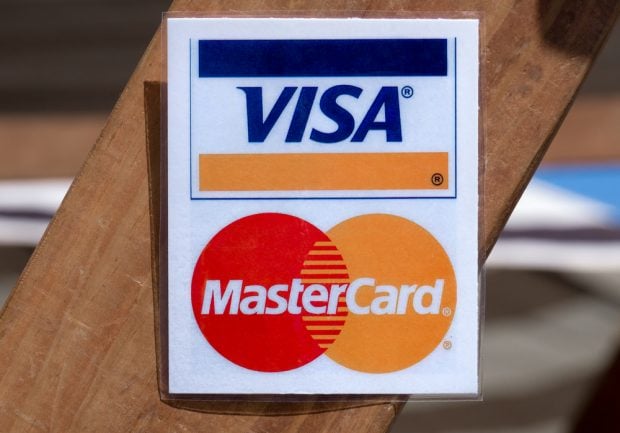An executive with a nationwide fast food chain has gone onrecord as doubting whether the benefits of moving to EMV cards frommagnetic stripe cards will be worth the expense.
|EMV cardscarry security and other validating data on computer chipsembedded in the cards while magnetic stripe cards carry this dataon a strip of magnetic tape on the backs of thecards.
|EMV cards are widely considered more effective against fraud –and have been widely adopted outside the U.S. – but are moreexpensive to issue and require point-of-sale terminals capable ofreading the cards.
|Speaking at the annual conference of NACHA –the Electronic Payments Association which was held in San Diegofrom April 21-24, Wendy's vice president and assistant treasurer,Gavin Waugh, said he doubted that the savings in fraud costs wouldbe worth the expense of putting in the terminals.
|Noting that his firm already had terminals that allowedconsumers to use personal identification numbers, Waugh reportedlycalled any additional fraud protection from EMV cards negligible,according to the Finextra news service.
|“Even if we pay the fraud liability, it's a whole lot cheaperthan putting in (new EMV) terminals,” Finextra reportedhim as saying.
|Executives with two other retail firms, Costco and Sinclair OilCorp., expressed similar doubts in the Finextra piece.
|Major players in the cards processing space – including CO-OP and other processors and the major card brands – are moving toward EMV adoption in the U.S.,and some large credit unions have begun offering the cards tomembers for overseas use.
|Waugh's comments came a few days before an executive with aleading card processor, FIS, acknowledged that there was a weak short-term business case for moving to EMV.
|In addition, Richard Sullivan, the senior economist with theFederal Reserve Bank in Kansas City, authored a paper whichsuggested the U.S. lacks the fraud-tracking superstructure neededto fully take advantage of EMV's fraud fighting potential.
|Sullivan noted, for example, that the transition model currentlyplanned in which card issuers would implement EMV cards that alsohave magnetic stripes would undermine fraud protection.
|“Evidence from overseas suggests any prolonged accommodation ofolder-card technology during a transition to computer-chip cardscan allow fraudsters to exploit weak links in card security,”Sullivan wrote in the published paper. “Reliance on low-costauthentication methods also invites growth in fraud.”
|Sullivan also noted that as EMV cards decrease the incidence ofcounterfeit card fraud, the prevalence of card stolen or lost fraudis liable to increase.
|Many countries that use EMV payment cards do not allowcardholder authentication with signatures, Sullivan wrote.
|“Issuers in the United States, however, appear likely tocontinue to allow signature authorization on EMV debit and creditcard transactions. As a result, fraud on lost or stolen cards maynot decline in the United States,” he wrote.
Complete your profile to continue reading and get FREE access to CUTimes.com, part of your ALM digital membership.
Your access to unlimited CUTimes.com content isn’t changing.
Once you are an ALM digital member, you’ll receive:
- Critical CUTimes.com information including comprehensive product and service provider listings via the Marketplace Directory, CU Careers, resources from industry leaders, webcasts, and breaking news, analysis and more with our informative Newsletters.
- Exclusive discounts on ALM and CU Times events.
- Access to other award-winning ALM websites including Law.com and GlobeSt.com.
Already have an account? Sign In
© 2024 ALM Global, LLC, All Rights Reserved. Request academic re-use from www.copyright.com. All other uses, submit a request to [email protected]. For more information visit Asset & Logo Licensing.









